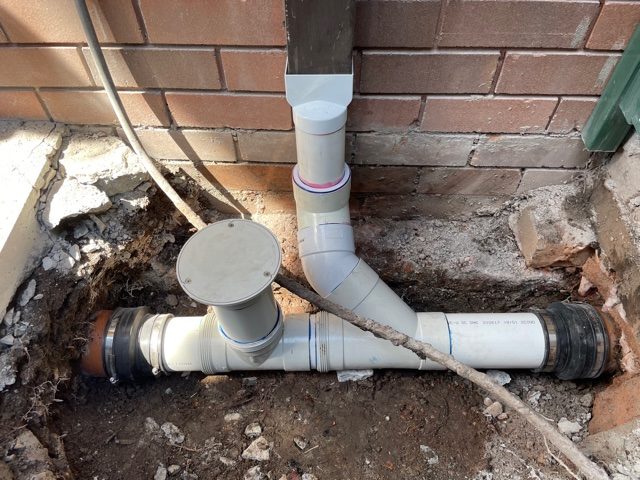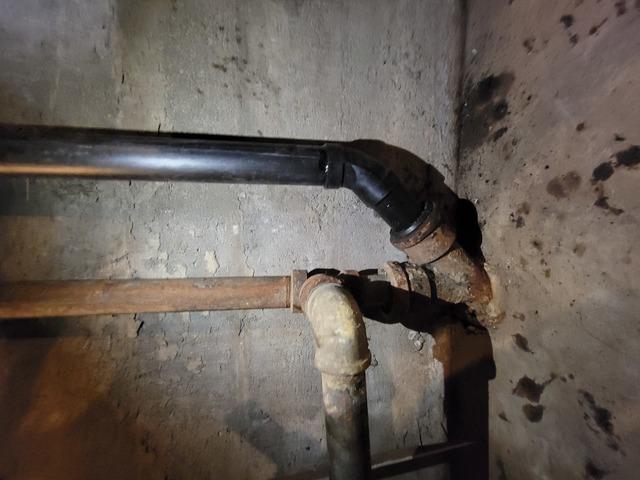
The Future of Smart Plumbing
In an era where technology is advancing at an unprecedented pace, every aspect of our lives is becoming smarter and more connected. One area that is experiencing significant transformation is plumbing. Traditionally seen as a mundane aspect of infrastructure, plumbing is now at the forefront of innovation thanks to the Internet of Things (IoT) and connected devices.
The Rise of Smart Plumbing
Smart plumbing involves the integration of sensors, actuators, and other IoT devices into plumbing systems to enhance efficiency, convenience, and sustainability. These connected devices can monitor water usage, detect leaks, and even automate maintenance tasks, revolutionizing the way we manage our water resources.
One of the key drivers behind the rise of smart plumbing is the growing awareness of water scarcity and the need for conservation. With traditional plumbing systems, leaks often go unnoticed until they cause significant damage. However, with IoT-enabled sensors installed throughout a building’s plumbing network, leaks can be detected in real-time, allowing for prompt repairs and preventing water wastage.
Moreover, smart plumbing systems can provide valuable insights into water usage patterns, helping homeowners and businesses identify opportunities for optimization. By analyzing data collected from sensors, users can pinpoint areas of inefficiency and take proactive steps to reduce water consumption, ultimately lowering utility bills and conserving precious resources.
IoT and Connected Devices in Action
The integration of IoT and connected devices in plumbing extends beyond leak detection and water monitoring. For instance, smart faucets equipped with motion sensors can reduce water wastage by automatically shutting off when not in use. Similarly, smart toilets with built-in sensors can adjust flushing mechanisms based on usage, further optimizing water usage.
Furthermore, smart plumbing technology is not limited to indoor applications. In outdoor settings, such as gardens and irrigation systems, IoT-enabled devices can monitor soil moisture levels and adjust watering schedules accordingly. This ensures that plants receive the right amount of water, minimizing waste and promoting healthier growth. If you enjoyed this article about plumbing then visit abacusplumbing.com/plumbing/gas-line-repair/ for more interesting articles.

Challenges and Considerations
While the future of smart plumbing holds great promise, there are also challenges that need to be addressed. One concern is the security of IoT devices, as interconnected systems are vulnerable to cyber threats. Manufacturers must prioritize security measures to safeguard sensitive data and prevent unauthorized access to smart plumbing networks.
Additionally, interoperability remains a challenge, as different manufacturers may use proprietary protocols that are not compatible with each other. Standardization efforts are underway to address this issue and ensure seamless integration between various IoT devices and platforms.
Moreover, there is a need for greater education and awareness about the benefits of smart plumbing among consumers and industry professionals. Many people are still unfamiliar with the capabilities of IoT technology in the context of plumbing and may be hesitant to adopt these innovations. By promoting the advantages of smart plumbing, stakeholders can drive wider acceptance and adoption of these transformative solutions.
Conclusion
As we look to the future, the integration of IoT and connected devices will continue to reshape the plumbing industry. Smart plumbing offers numerous benefits, from water conservation and cost savings to improved efficiency and sustainability. By harnessing the power of technology, we can create a smarter, more resilient water infrastructure that meets the needs of today and tomorrow.
